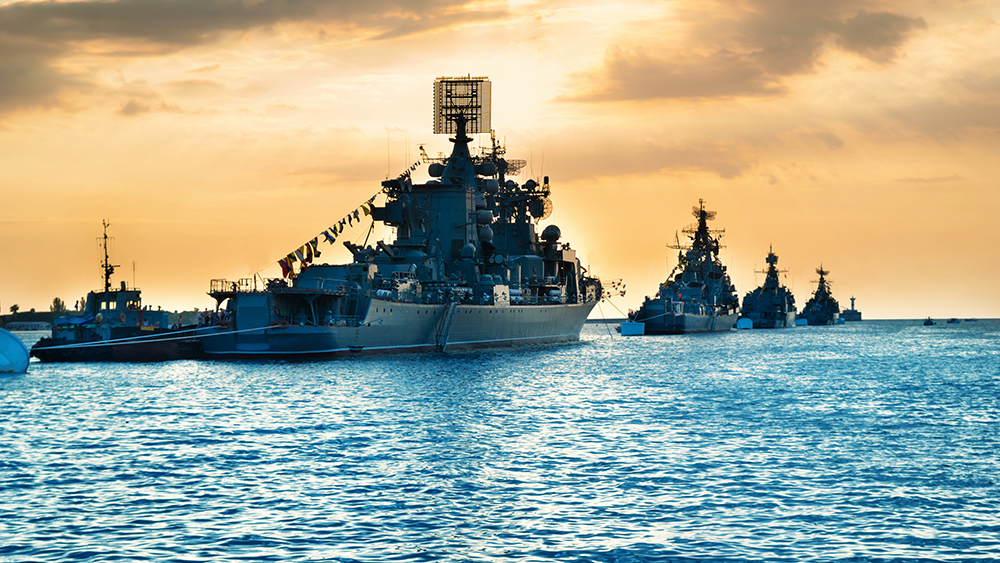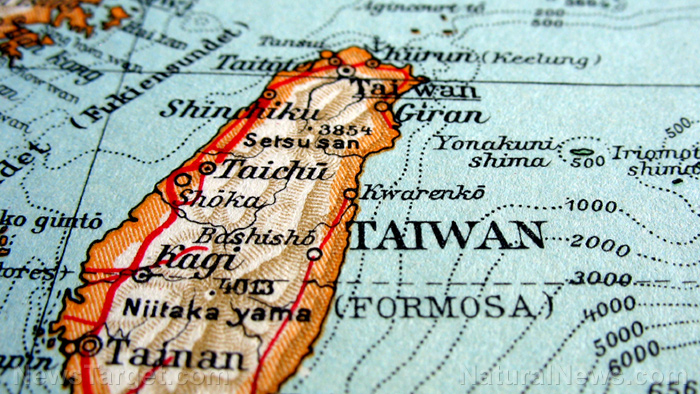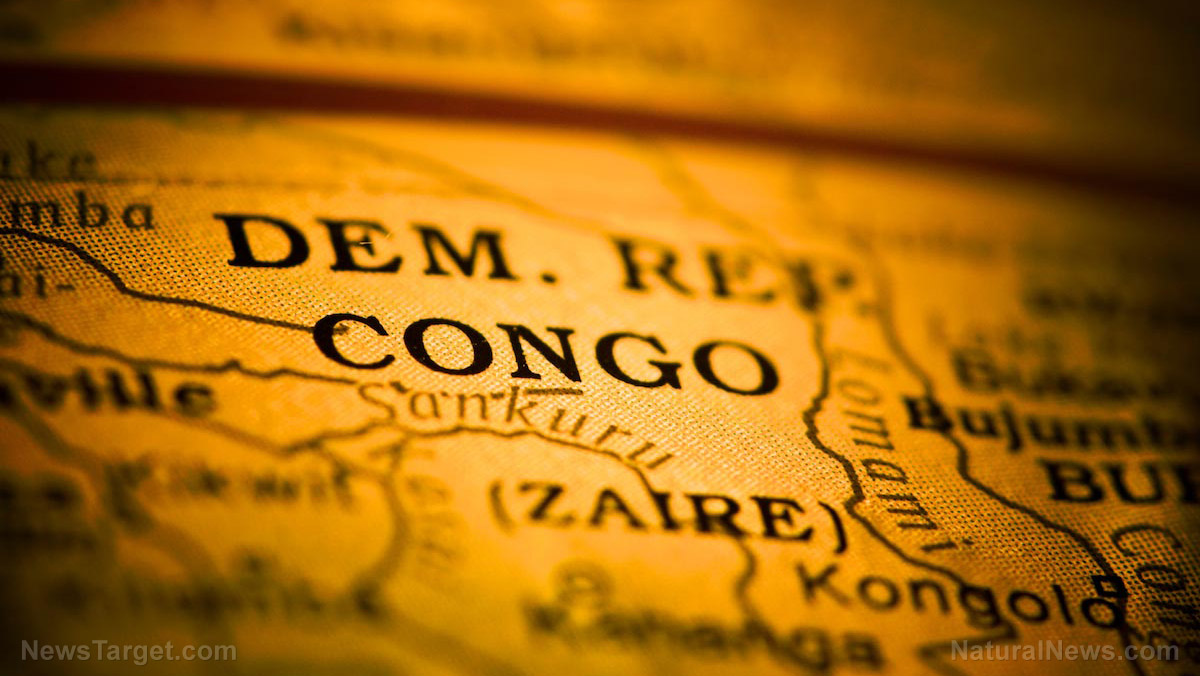 Parler
Parler Gab
Gab
- The U.S. is assembling a significant military force in the Caribbean, creating a tense standoff with Venezuela, which has placed its military on high alert.
- Venezuelan officials have condemned the U.S. presence as a provocation and "military harassment," vowing that it will not intimidate the nation.
- Reports indicate the assembled U.S. forces are now sufficient to seize and hold key strategic facilities in Venezuela, such as ports and airfields, to project power into the country.
- The U.S. is justifying its actions under a "war on drugs" framework, designating cartels as terrorist organizations and conducting strikes on alleged smuggling vessels off the Venezuelan coast.
- Specific military exercises, including special operations forces practicing seizing an airfield, are seen as tangible signs of preparation, narrowing the gap between training and potential combat operations.
U.S. strikes another vessel in waters off Venezuelan coast
These are not abstract indicators. This month, a platoon of U.S. Navy SEALs will conduct joint drills with approximately 40 Argentine tactical divers. More provocatively, a recent Department of War readout from late August detailed how a training exercise off the U.S. Virgin Islands saw "six special tactics airmen parachuted into the Caribbean Sea with an inflatable boat, three miles off the shore. Eleven more combat controllers and pararescuemen then jumped directly into an airport from the same aircraft, with both forces combining to take control of the airfield." The Trump administration has provided a legal and strategic rationale for these maneuvers, though it denies seeking a new war. In a recent memo to Congress, President Donald Trump stated the U.S. was now in "a non-international armed conflict" with cartels, which his administration has designated as terrorist organizations. This has revived a "war on drugs" imagery, providing a framework for military action beyond traditional state-on-state conflict. Actions in the region support this narrative. On Friday, Oct. 3, the U.S. hit another vessel in waters off Venezuelan coast. These strikes, targeting "narco-terrorist" assets, create a dynamic of ongoing, low-level hostilities. With a defiant Venezuela vowing not to be intimidated and a U.S. military machine seemingly postured for direct intervention, the Caribbean has become a tinderbox. The gap between specialized training exercises and live combat operations is narrowing rapidly. The world watches, waiting to see if the next headline from the region will report on another drill or the first shots of a new, unpredictable conflict. Watch this video that talks about the U.S. preparing to invade Venezuela. This video is from the Dr William Mount channel on Brighteon.com. Sources include: ZeroHedge.com NewsWeek.com War.gov Brighteon.ai Brighteon.comLearn how to grow, harvest, and transform herbs into medicine
By Lance D Johnson // Share
Taiwan unveils “T-Dome” air defense system amid rising Chinese military threats
By Kevin Hughes // Share
Congo calls on Rwanda to end war as M23 rebels escalate violence
By Zoey Sky // Share
India resumes diplomatic ties with Afghanistan, reopens embassy in Kabul
By Ramon Tomey // Share
By Finn Heartley // Share
Governments continue to obscure COVID-19 vaccine data amid rising concerns over excess deaths
By patricklewis // Share
Tech giant Microsoft backs EXTINCTION with its support of carbon capture programs
By ramontomeydw // Share
Germany to resume arms exports to Israel despite repeated ceasefire violations
By isabelle // Share










